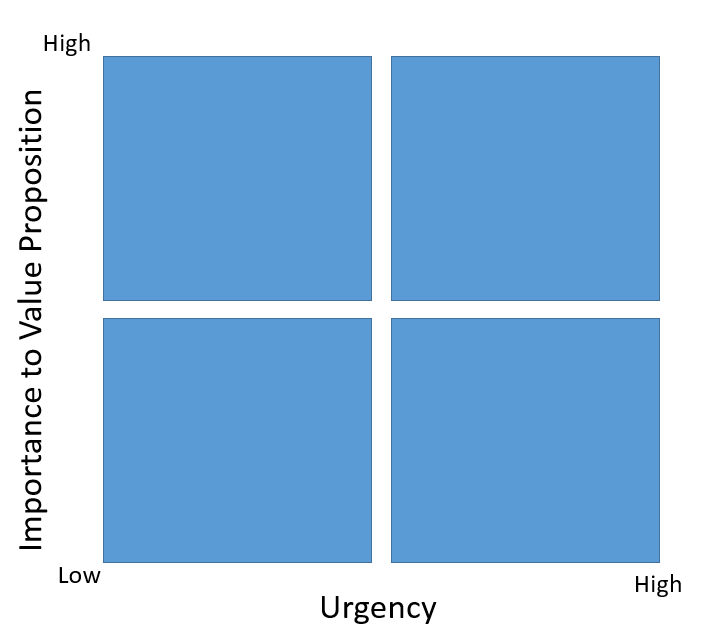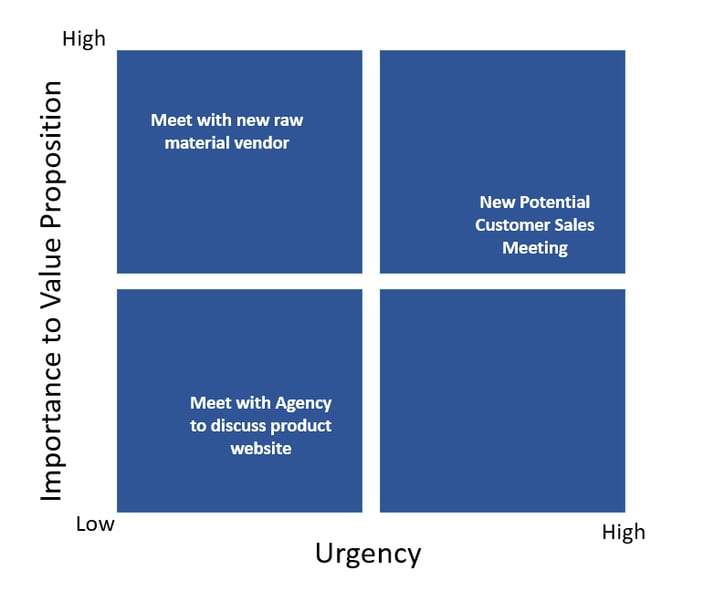
It is one of the most difficult leadership challenges faced everyday by leaders of people, leaders of leaders, and leaders of businesses; how to connect the minutiae of managing daily tasks to the global business strategy that is being executed by your company.
In the world of a “typical” employee, there are many distractions including the global 24/7 day, too much work to manage with limited resources, social media, unlimited sources of news, family obligations, and regular life (like banking and getting dry cleaning). The challenge to leaders is how to create a culture and support it with processes to make sure there is alignment, collaboration, focus, and ultimately the best business results.
Over the past year, Advantexe has leveraged our business simulation workshops that teach business acumen and business leadership skills as laboratories to explore behaviors related to learning. I recently conducted a small focus group with a group of Marketing and Product Managers from several different industries including chemicals, software-as-a-service and semiconductors to discuss this topic so we can share the learnings.
Utilizing one of our learning tools – The Strategic Prioritization Matrix – we discussed the application and key learning points:

The matrix presents two different perspectives; how important is the task to executing the overall value proposition to customers (strategy) and what is the immediate urgency?
By focusing on the importance to the value proposition, a leader has a frame of reference to prioritize (low, medium, high) and can use that perspective to have meaningful thoughts and dialogues with the team. The urgency can help decide when to accomplish the tasks and in what order they should be done in (as they compared to other tasks).
In the conversation with the Global Product Managers, one of them came up with three great examples that we can use to illustrate the concepts of this blog. The three tasks included:
- Meeting with a new vendor to discuss an improved but more expensive raw material for use in the Product Manager’s bestselling product.
- A sales call with a potential new customer who is extremely qualified
- A meeting with the digital marketing agency to discuss search engine optimization strategies
Here is the key learning point; without the ability to connect the tasks back to strategy, all of the tasks look the same! It is critical for leaders to be able to help their people have that strategic business acumen skill.
In this example, the Product Manager is working for a company that is executing the value proposition of innovative product leadership. She has a leading product in terms of quality and market share and the value proposition should drive the alignment of tasks.
 The Product Manager shared her logic and best practice of creating alignment:
The Product Manager shared her logic and best practice of creating alignment:
- “Meeting with the agency is a low priority and has low urgency. It is important but can be scheduled for a week or two out”
- “Meeting with the raw material vendor is interesting. We already have very strong quality, but it could be better and more sustainable. This is an important meeting, but just not right now.”
- “The customer meeting is most important. Especially because this customer appreciates the value of our innovation. That meeting supports our value proposition and is more urgent because we could use the revenue hopefully next quarter.”
In summary, this is a great tool to use when working with a team trying to figure out how to prioritize tasks and maintain alignment to the strategy. Feel free to use the template to prepare a positive dialogue with your employees and you will feel very good about the process and can become even more productive.




